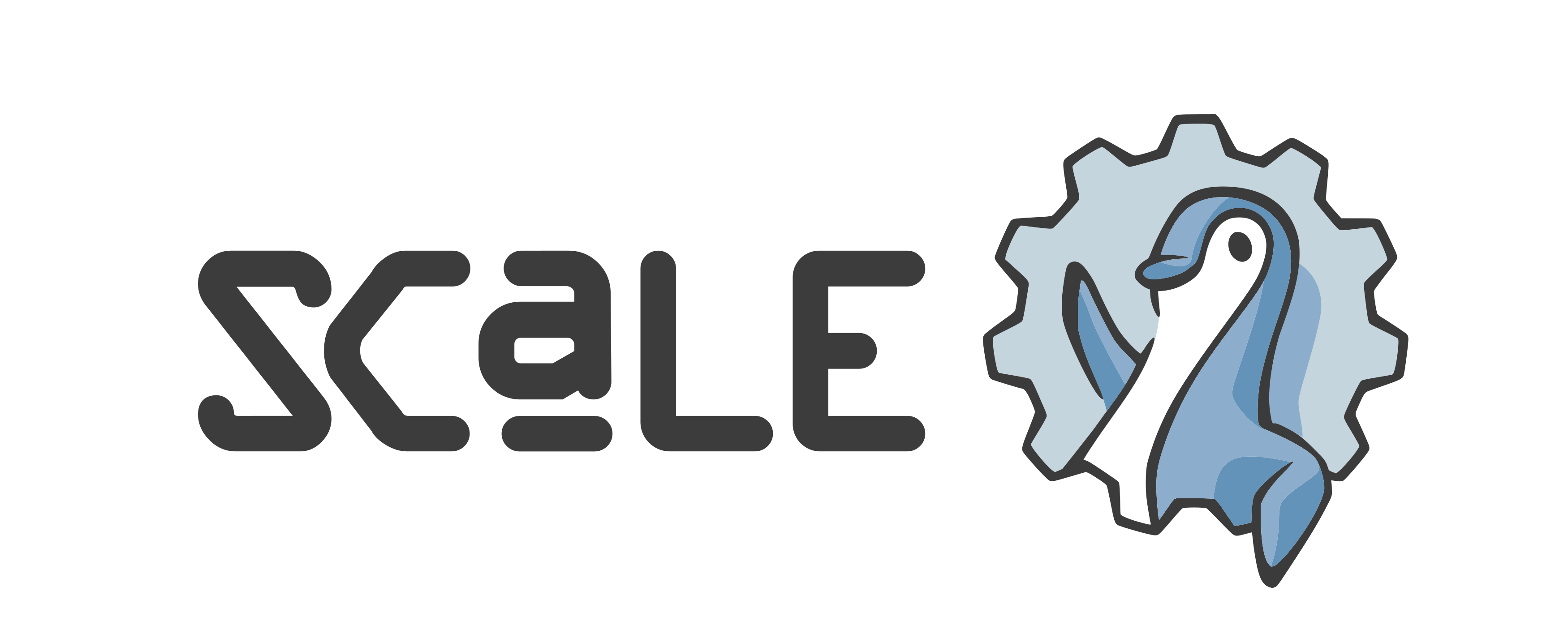Robotic gaming robot
Embarking on a visionary project at the intersection of robotics, open-source technology, and artificial intelligence, this presentation unveils a sophisticated robotic system powered by a Raspberry Pi capable of autonomous gameplay within a dynamic environment reminiscent of the Dino Run game. The project is a testament to the innovative application of machine learning (ML) to enable real-time visual processing and decision-making in robotics using widely accessible open-source tools.
The central theme of this initiative is the symbiosis between the Raspberry Pi's computational prowess and a meticulously crafted machine learning model. This model, developed using Python and TensorFlow, represents the vanguard of ML algorithms, specifically convolutional neural networks (CNNs), which are adept at parsing visual input, distinguishing intricate patterns, and learning from a diverse dataset of in-game elements and obstacles. Through this sophisticated AI, the robot learns to perceive its surroundings, make split-second decisions, and execute actions with the aid of a camera that serves as its visual sensor and a DC motor that translates digital decisions into physical motion.
One of the project's core achievements is the seamless integration of the robot's 'sense-act' cycle, which was achieved through rigorous training of the ML model and real-time optimization of the control system. This resulted in a harmonious interaction between the robot's visual recognition capabilities and its motor responses, enabling it to adeptly navigate the game's challenges.
This journey, however, was not without its challenges. We grappled with and overcame significant obstacles, such as the latency between object recognition and motor action, by refining the data processing pipeline and enhancing the responsiveness of the hardware interface. These technical hurdles underscored the importance of a holistic approach to robotics, where hardware and software coalesce to form a responsive and adaptive system.
Looking to the future, the project is poised for ambitious enhancements. The forthcoming iterations aim to incorporate more advanced ML algorithms that will enable the robot to learn from unstructured data, extrapolate from past experiences, and anticipate future events with greater precision. The long-term objective is to cultivate an autonomous robotic entity with cognitive capabilities analogous to human learning, which could be applied to solve complex problems in various real-world scenarios, ranging from automated systems in industrial settings to assistive technologies for personal use.
Attendees of this presentation will be provided with a deep dive into the technical specifics, the challenges surmounted, and the knowledge gained from this groundbreaking project. They will witness the transformative potential of marrying ML with open-source hardware and gain insights into how such a fusion is paving the way for a new era of intelligent robotics.
